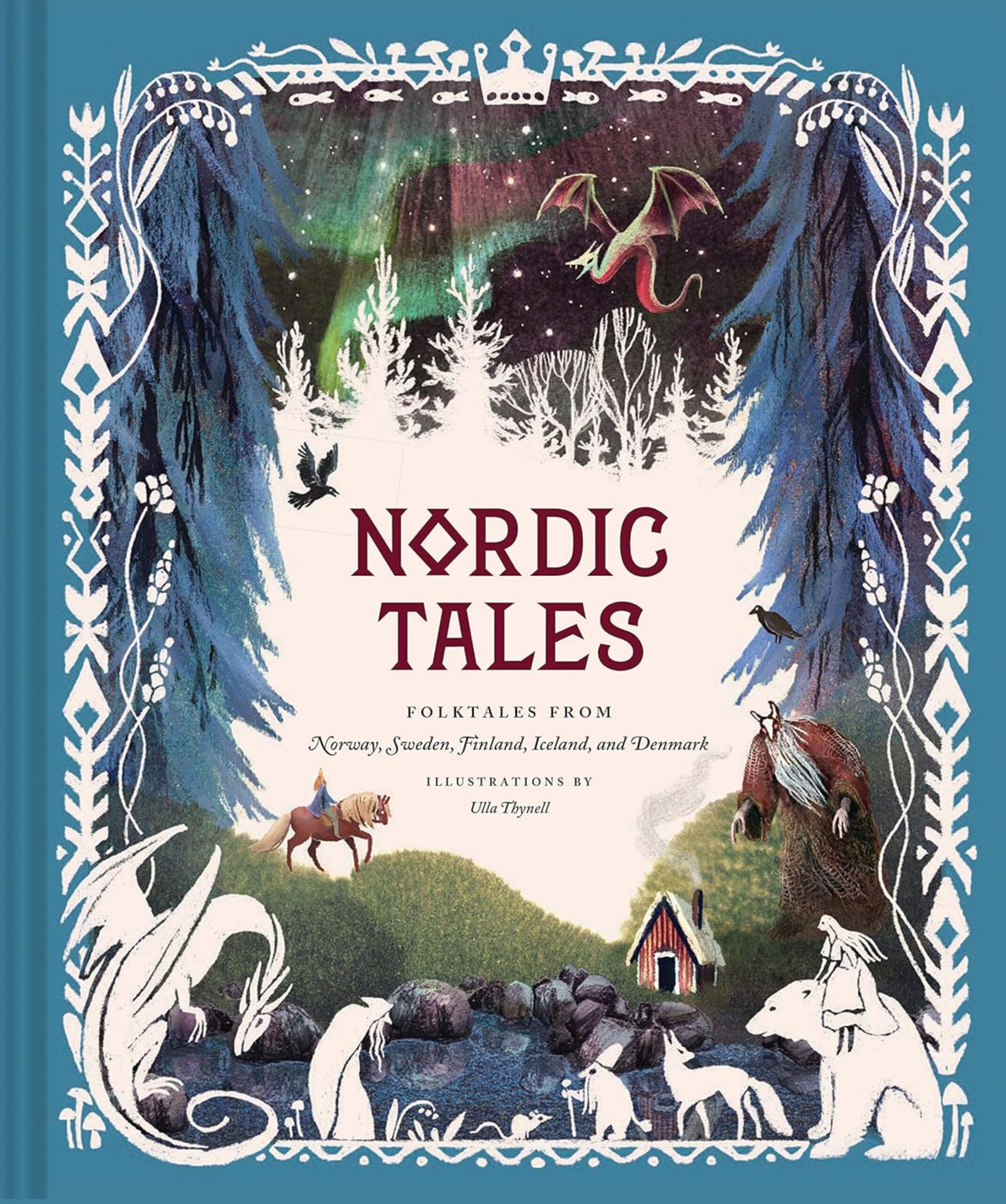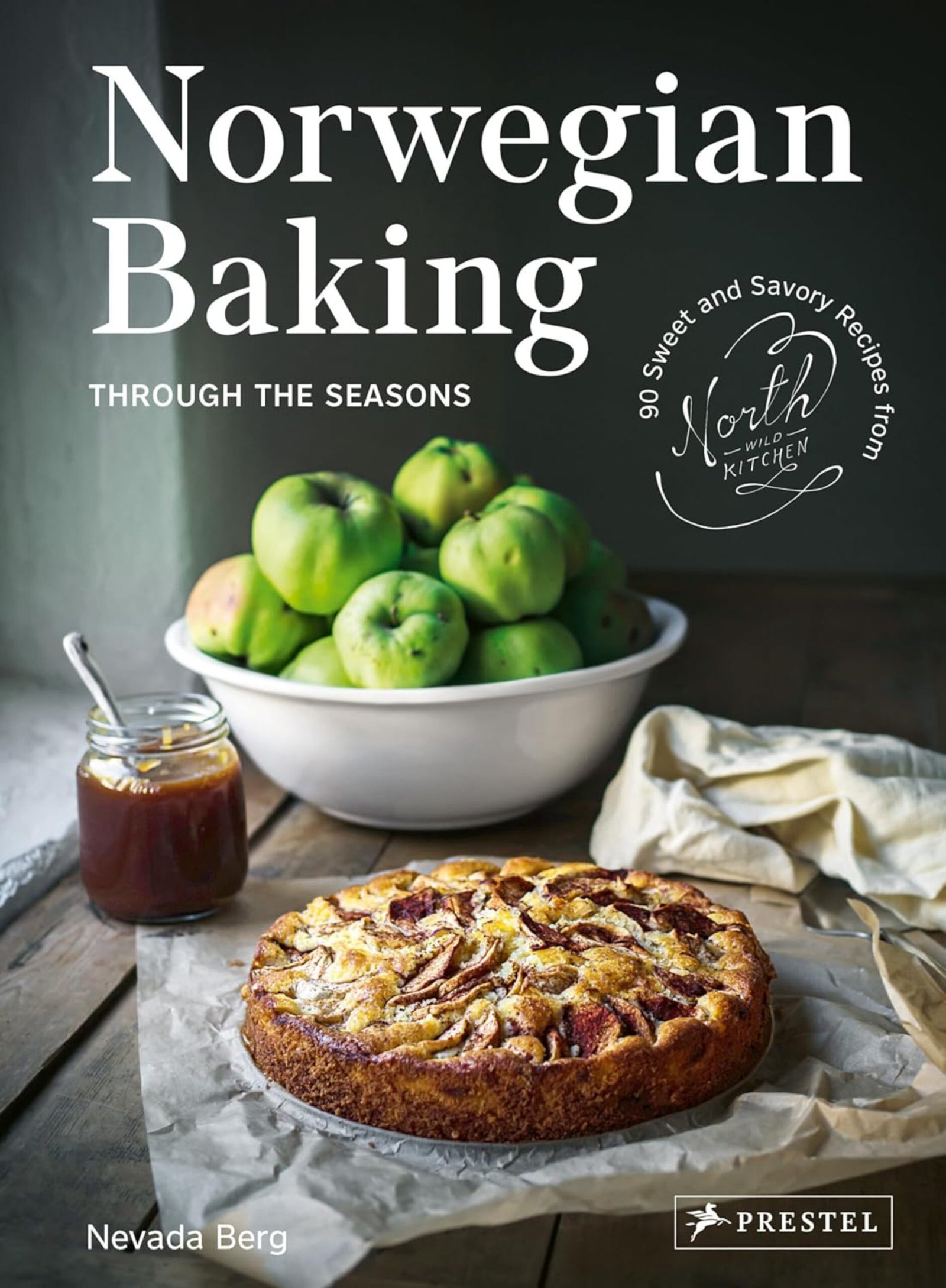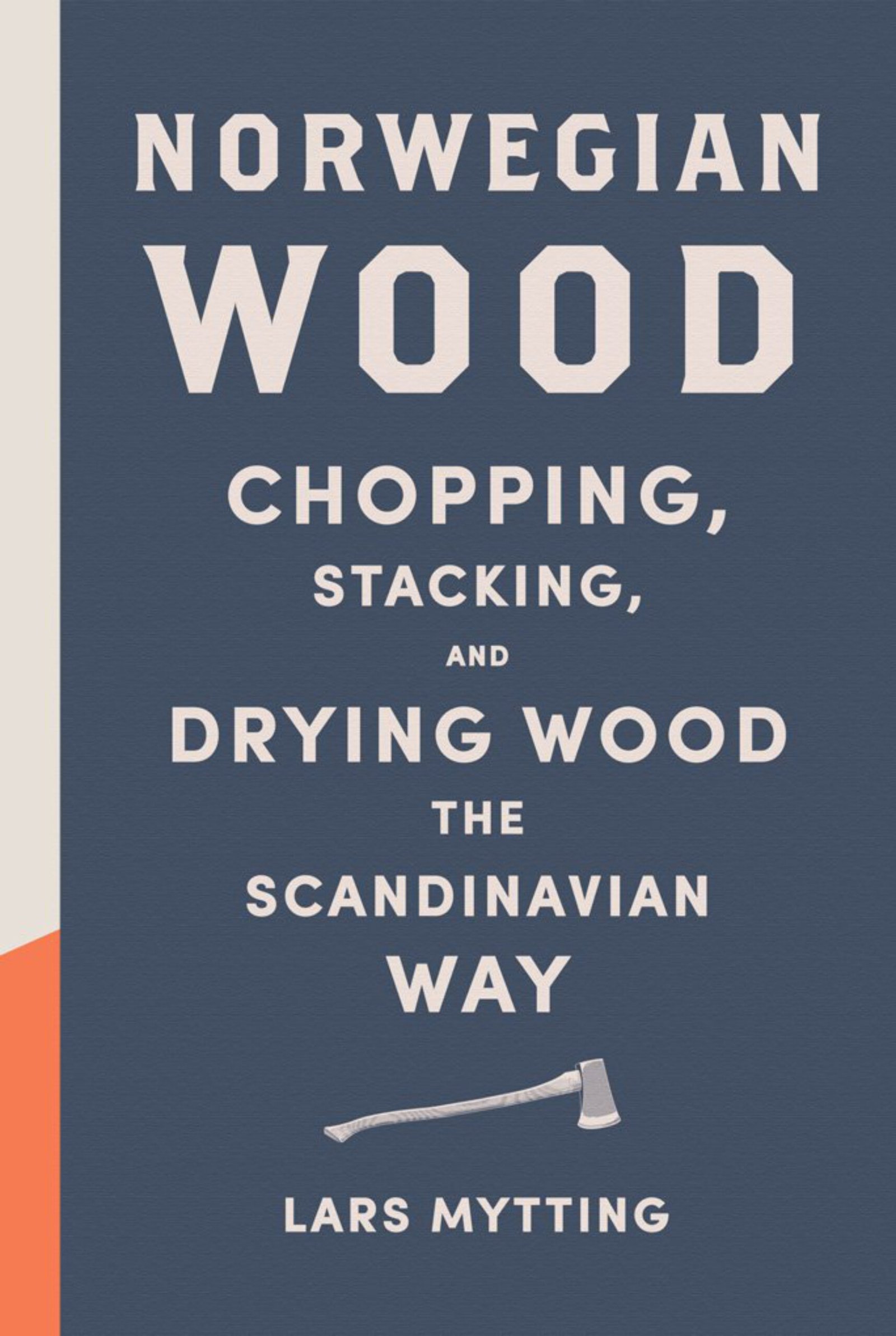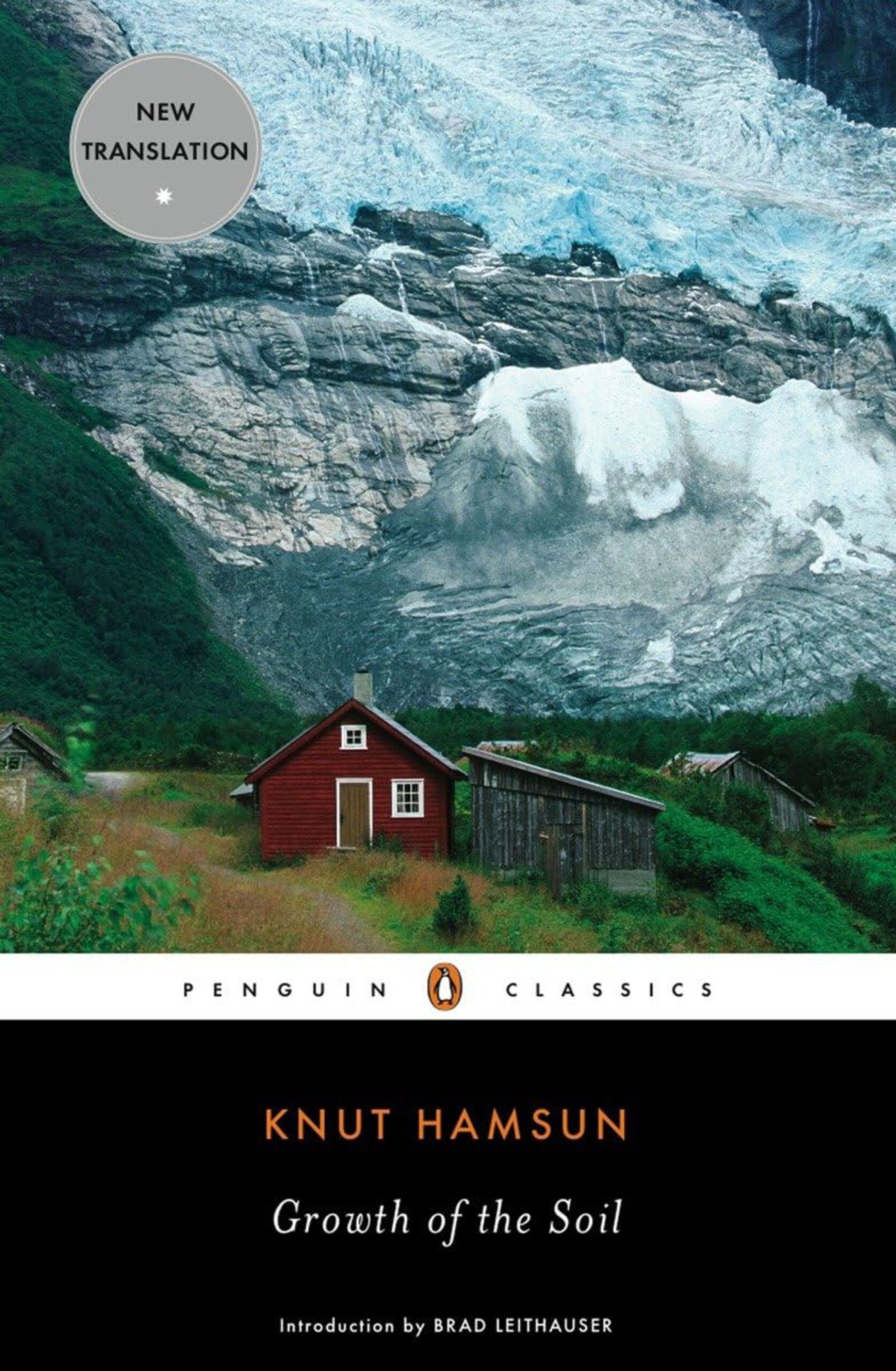Pronunciation
The grammar
noun | masculine | the indefinite form: en ljå (a ljå) | the definite form: ljåen (the ljå) | comes from the Old Norse word lé (genitive ljá).
What does the word mean?
An old agricultural tool
A ljå is a scythe, an old agricultural tool that consists of a slightly curved steel blade attached to a long wooden or metal shaft. In Norway, the tool was mainly used to cut grass to make hay during the summer, and sometimes to cut the grain crops in the autumn.
Different sizes
Historically, the Norwegian farmer had both a full-sized ljå and a half-sized ljå – also called a langljå and a kortljå – or a langorv or a stuttorv. Orv is another word for skaft, which means shaft.
The landscape determines the tool
The farmer uses the langljå in larger, flattish meadows, with fewer obstacles that can ruin the blade, like stones or roots.
The half-sized version, which has both a shorter shaft and a smaller blade, is often used in steeper terrain, and when cutting grass in sections where it is difficult to protect the blade. It is usually handled using just one arm, and is quicker to manoeuvre and easier to control.
A sigd is not a ljå
The half-sized ljå must not be confused with a sigd – a sickle – which is a similar tool. The sigd has a smaller, crescent-shaped blade and a very short handle. The sigd was often used when cutting the grain crops, which has straws that are tougher to cut through. When using the sigd, the person using it grasps a handful of straw with one hand pulling it upwards, and cutting it using the sigd with the other.
Standing upright – or having to bend down
With the full-sized ljå, the person using it can stand upright, but when using the kortljå or the sigd, she or he must bend down halfway or all the way to the ground.
Similar or related words
Høyonna: is what the Norwegians call the haymaking period.
Kantslått: is the process of cutting grass that is more difficult to get to, or that grows in small patches here and there: along the edges of a field, a road, etc. Read more about kantslåtten here.
Slipestein: means a grindstone. The ljå-blade was often thoroughly sharpened using the slipestein in the evening, preparing it for use the following morning.
Bryne: a bryne is a whetstone, a type of stone used to sharpen the blade of the ljå when out working in the field.
Hein: means a hone, a small whetstone, historically often used to sharpen the old-fashioned razor blade. In English, the word is used in expressions like to hone your craft.
Snidill: a tool similar to the sickle – but used to cut branches off leafy trees to be used as animal fodder.
More on the historical context
Simple tools
The historical farmer only had simple tools to his disposal, and the ljå was an important one. Dried grass – høy – was the main type of fodder for most of the farm-animals, and the farmer had to harvest lots of it to tide them over the long winter.
Best to cut the grass when it is wet
It is said that the best time to cut the grass using a ljå is early in the morning, when the grass is still moist with dew. The sharp blade bites better on the wet grass.
Drying the grass on a haydrying rack
Historically, the Norwegian farmers established natural meadows in the outfields and cut the grass there. Depending on the location and the weather, the grass was dried on the ground, or on a haydrying rack – a hesje. Hanging the grass on the rack was often the preferred option, as leaving the grass on the ground, especially in wet weather, could ruin the entire crop.
All hands on deck
Both the women and the men on the farm took part in the haymaking process, and the children too. The men worked the scythes, and the women and the children used wooden rakes to gather the grass before placing it on the hesje. When the hay was dry and ready, it was time to get it indoors, into small temporary haybarns in the outfields, or into the main barn back home on the farm.
Examples from books and stories
Anna Helene Tobiassen Smeden i eldre tid 1981
→ I heile Hornindal var smedar i kvar gard før. Kom ein etter dalen om vinteren, hamra det frå kvart tun, det var ljåsmedane. Å smede ljå var ein bygdeleveveg, dei reiste og selde ljå på Møre og opp over Nordland.
→ In Hornindal, there were blacksmiths on every farm back then. If you came up through the valley on a winter’s day, you could hear the sound of the hammer coming from every farmyard, the sound of the blacksmith. Making ljås was a local way of life, and they later travelled up to sell them on Møre, and in Nordland.
Audun Dybdahl For, fe og melkestell i eldre tid 1985
→ På gamle primstaver markeres gjerne Knutsok den 10. juli med en ljå eller en rive som tegn på at det var naturlig å begynne slåtten.
→ On old calendar sticks, the feast day of Saint Canute (Knutsok) on 10 July is usually marked with a ljå or a rake, a sign indicating the start of the haymaking season.
Sources: Nasjonalbiblioteket nb.no | Einar Haugen’s Norwegian-English dictionary | Det Norske Akademis ordbok | Bokmålsordboka and Nynorskordboka.





